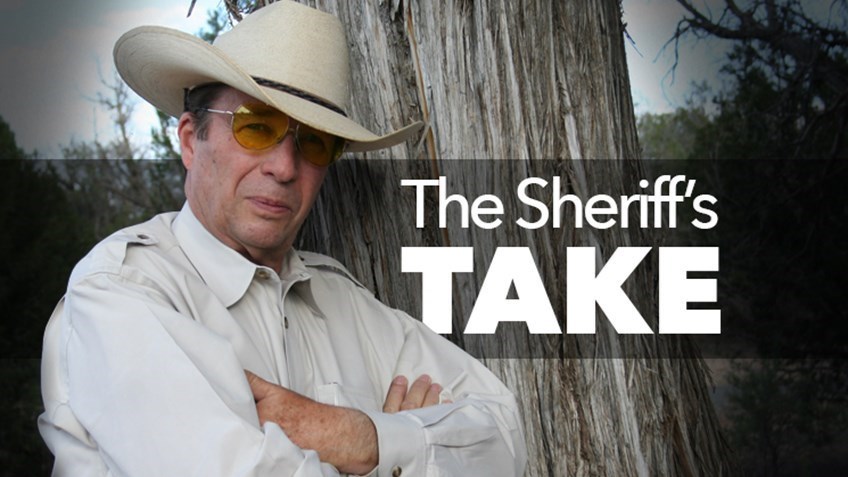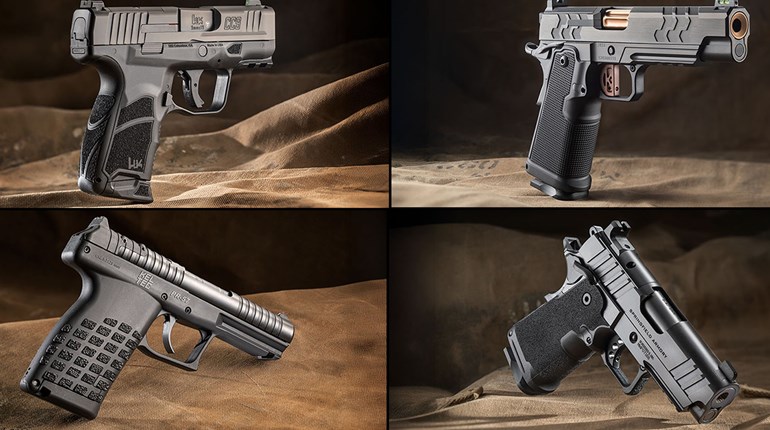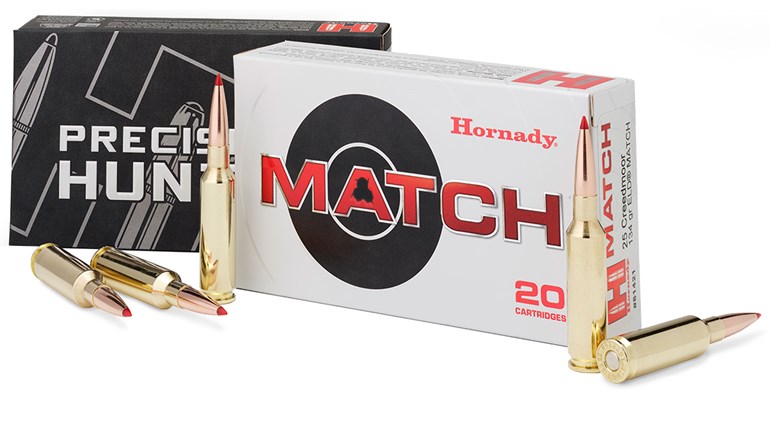
Recently, I was looking at some vintage photos of FBI agent Jelly Bryce (read about his story here). Bryce was an Oklahoma gunfighter who joined the FBI in the 1930s. He was quite fast with a sixgun and always employed a deep crouch as part of his fast-draw technique. Bryce was also responsible for making that deep crouch a part of the FBI training regimen. More than 30 years later, when I first pinned on a badge, the bureau was still teaching the deep crouch as a part of its close-range gunfighting technique.
Bill Jordan, a border patrolman from much the same era, took a different approach. Jordan suggested that all that crouching and moving was just a waste of time, time spent when a fellow needed to be shooting. Jordan preferred to stand erect and only move the parts of the body, the shoulder and the gun arm, necessary to getting the gun drawn and the shot delivered. Using this method, Jordan was recorded as drawing from a duty rig and getting a hit in 37/100 of a second.
Examining photos of Col. Jeff Cooper, the same can be seen. The colonel tended to stand erect and let his arms and hands do the work.
Today, most of us tend to teach some form of what I call an athletic stance. The feet are planted about shoulder-length apart. The knees are bent only slightly and the shooter’s weight is on the balls of his feet. This stance makes it much easier for the shooter to move quickly–in any direction that may be needed. Movement is a good thing. We move to one side or another to throw off our attacker’s aim. We move to get to cover–and that’s really important. We are prepared to move because gunfights are dynamic things–the bad guy is not going to just stand there like that target frame on the square range, and you shouldn’t either.
However, in a close-range attack, you may not have the time to establish a fighting stance. What little time you have may be best spent drawing and shooting. It might be something worth thinking about and certainly worth practicing.
Defensive shooters must also realize that they might not be standing at all when the attack occurs. Do you practice from a sitting position? Do you practice drawing and shooting while seated in a car? And, if you do, what do you do about that danged seat belt? What if you are attacked while you are kneeling?
Shooting from a standing position on the square range using an athletic stance is where we learn the basics. Once we have developed some skills in that regard, it is time to consider responding to an attack from the various positions that we might be in when the actual thing occurs. Consider your lifestyle and develop some skills to respond to real-world criminal attacks.



































